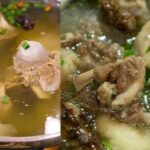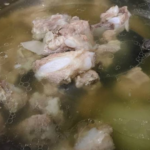For a delicious and appealing crab soup, the crab meat must be firm and evenly textured, and the broth clear and free from any rancid or fishy odors.
Selecting tasty crabs for firm and flavorful meat
Crabs with firm meat are usually fuller, indicating an abundance of protein, which results in a well-formed meat block. Conversely, immature crabs tend to have less meat, and cooking them often leads to disintegration, clouding the broth. Therefore, when purchasing crabs, opt for larger ones and avoid the smaller, underdeveloped specimens. The ideal crab should have a firm shell that doesn’t cave in when squeezed, indicating a high meat content and an abundance of golden roe. Female crabs are generally sweeter than their male counterparts. When selecting a crab, ensure it has a sturdy, intact shell, and all its legs and claws are present. Turn the crab over and check its apron (the flap-like structure under the crab’s body); if it’s tightly closed and free of any visible eggs, it’s a good choice. Avoid crabs with open aprons, excessive froth, or those with peeling or flaking aprons.
Crab growth follows the lunar cycle, so the best time to indulge in their delicious meat is at the beginning or end of the lunar month. During the middle of the month, crabs tend to molt, making them thinner and less meaty.
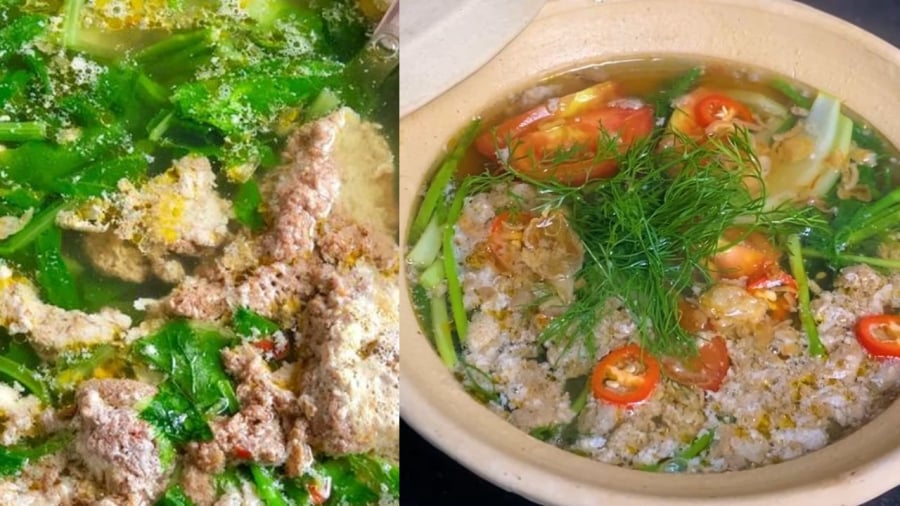
Crab soup is a summer staple
Adding salt while pounding or blending the crab
When preparing crabs, it’s crucial to clean them thoroughly, removing the apron and shell. Inexperience in handling crabs can lead to an unpleasant fishy odor in the soup. After removing the shell, rinse the crab to eliminate any residual water inside its body. The dark liquid within the shell can impart an undesirable flavor to the broth. It’s imperative not to blend or pound the shell or apron, as doing so will ruin the dish.
During the pounding or blending process, add a pinch of sea salt. Salt aids in coagulating the proteins in the crab, resulting in a firmer texture and facilitating better coagulation during cooking, leading to a clearer broth.
Hand-pounding the crab meat in a mortar and pestle is ideal, as it enhances the flavor and avoids any metallic notes from a metal blender. Carefully scoop out the roe into a separate bowl, straining and discarding the black liquid to prevent any off-flavors.
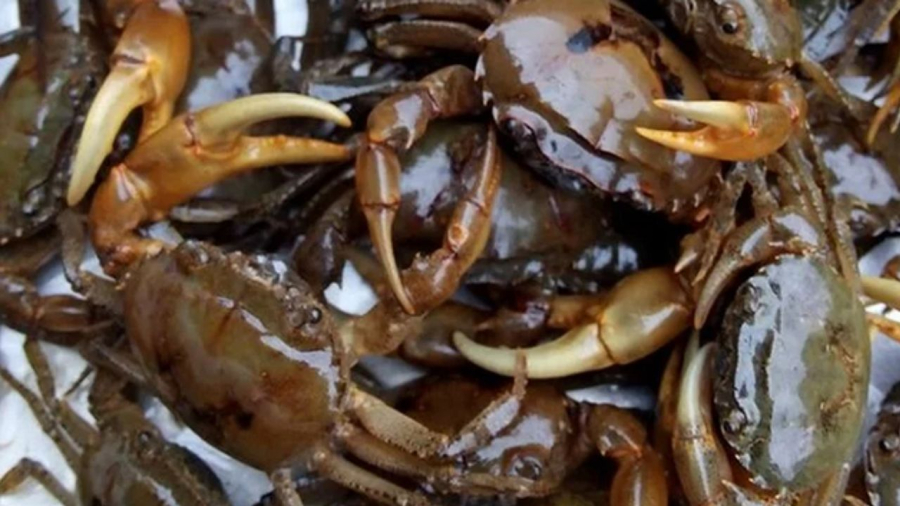
Choose mature crabs with firm, meaty texture and no eggs
Cooking the soup with an open lid and a special ingredient for firmer crab meat
Place the crab broth on the stove and cook it with the lid off. Cooking with the lid on can trap the rancid odor inside, and the rapid boiling may cause the broth to overflow, resulting in a mess or the disintegration of the crab meat.
Maintain a moderate heat level—not too high or too low. Use a pair of chopsticks to gently stir the broth in one direction only; stirring in both directions can cause the crab meat to break apart.
Using eggs for firmer crab meat: After stirring, allow the crab meat to coagulate on its own, and avoid constant stirring, especially once the broth starts to boil. Emulate restaurants by adding an egg to the soup; the egg proteins will bind with the crab meat, creating a firmer texture, and ensuring an absolutely clear broth.
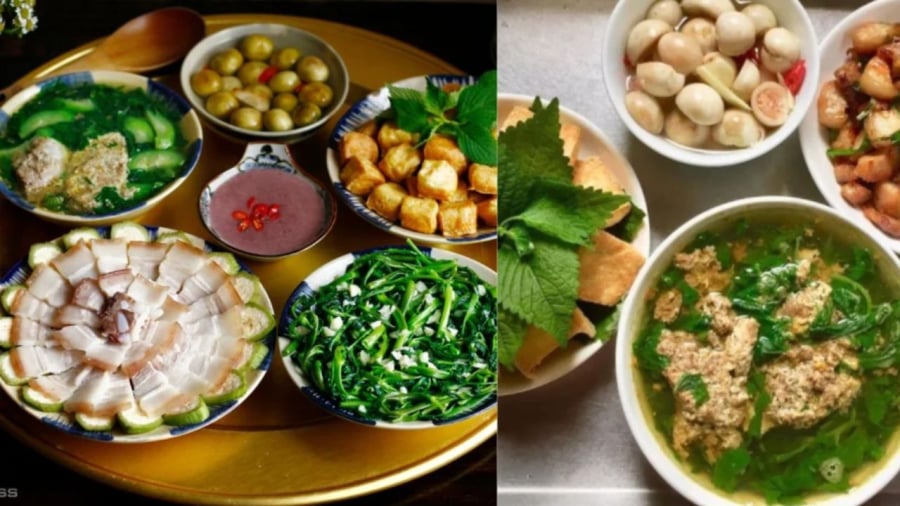
Crab soup to the rescue on hot summer days
As the crab meat rises to the surface and the broth gently simmers, use a ladle to gently scoop out the meat into a bowl. Once the broth boils again, add your choice of vegetables.
When using vegetables like spinach, malabar spinach, or bottle gourd, take care not to overcook them, as they tend to disintegrate and become overly soft and pungent. Remove any foam that forms on the surface, and season the soup to taste.
Sautéing the crab roe
There are two ways to prepare the crab roe, depending on personal preference:
For a refreshing crab soup, some may choose to forgo sautéing the roe and instead add it directly to the broth. Others may prefer the following method:
Heat some oil or fat in a pan, add chopped onions, and sauté until fragrant. Then, add the crab roe and season with spices, being careful not to burn it. Pour this aromatic mixture over the crab meat that was previously scooped out. When serving, ladle the soup into a bowl and top it with a piece of crab meat.
Crab soup with salted pickled vegetables is a quintessential summer dish. Have you tried making it yet?
The Crystal-Clear Bone Broth: A Sweet and Savory Delight
The art of bone brothing is a common practice for homemakers, yet many struggle to create a delicious broth. It is a skill that requires time, patience, and a delicate touch to perfect. With the right techniques, anyone can master the art of crafting a rich and flavorful bone broth that will elevate any dish.

























